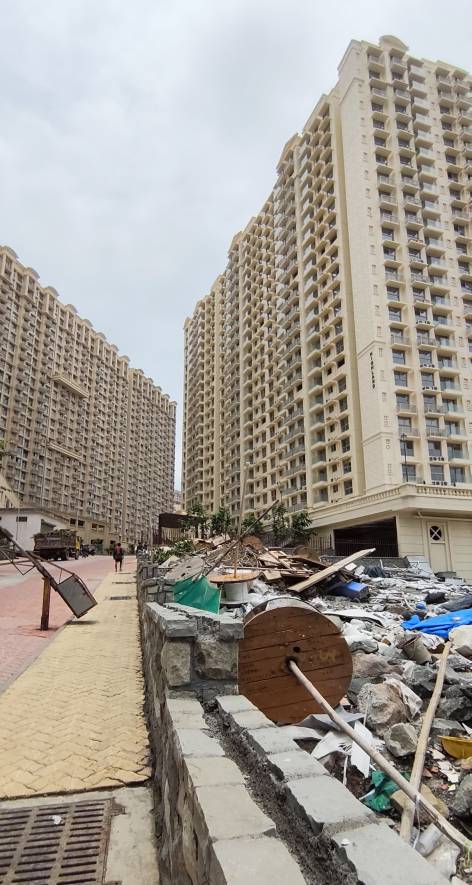
India’s real estate market is experiencing a surge in demand from Non-Resident Indians (NRIs), who are capitalizing on favorable economic trends to invest back home. Shifts in global finance and rapid changes in India’s property sector have created an ideal opportunity for overseas investors.
One major factor fueling this trend is the depreciation of the Indian rupee. For NRIs earning in stronger foreign currencies—such as the US dollar, pound sterling, or euro—a weaker rupee significantly enhances their purchasing power. This advantage allows them to afford high-end properties at rates that are often out of reach for domestic buyers, making Indian real estate a lucrative long-term investment.
Yet, there are contrary opinions in the real estate industry. Some believe, actual reason for unaffordability for an average Indian homebuyer are factors such as low domestic wages, stagnant job creation, and a policy ecosystem that struggles to attract high-value businesses. India’s economic model, in many ways, remains suspicious of wealth creation.
Are NRIs the actual concern?
NRIs can afford homes simply because they earn in stronger currencies. Whereas Indian citizens can’t afford to buy homes because of the stagnant wages within India that make property ownership unattainable for many residents.
Disparity in Goa is a good example. A government officer with salary of Rs. 1.5 lakh per month who saves 30% of his income might save Rs. 1.6 crore in 30 years. This is still insufficient to buy a decent villa in Goa. Legally earned income seems too less to buy a home every NRI seems to be buying. The problem isn’t an NRI investing in property in India, the problem is India’s inability to attract high-paying businesses. We have become a socialist state that discourages wealth creation, and blaming NRIs won’t solve the problem.
What does an NRI expect from Indian real estate investment?
Indian real estate presents an appealing investment opportunity to diversify an NRI portfolio. While they often invest in stocks, mutual funds, and foreign properties, India’s market offers a balance of risk and reward with tangible returns in a rapidly growing economy.
A boom in affordable luxury housing—particularly in cities like Pune, Bengaluru, and Noida—has further incentivized NRI investments. Compared to international markets, these properties come at a fraction of the cost while offering premium amenities.
NRIs also get benefits from various tax exemptions on home loan principal and interest payments under Sections 80C and 24 of the Income Tax Act. Banks and developers have also streamlined the investment process by offering specialized services, including online property management, ensuring a hassle-free experience for overseas buyers.
What does this mean for Indian home buyers residing in India?
One has to look for regular investment opportunities and also think beyond prime property to find gems that will give them benefits a few years later. Examples of these in Mumbai are Hiranandani at Panvel and Lodha Palava City. These are now booming in valuation simply because of improved road connectivity, government spending on infrastructure and automotive sector boom.
So if the door you are staring at is closed, please move on to better opportunities in and around the city and suburbs.
Contact us by email to get@budvice.com for great benefits and prices in luxury real estate in Mumbai.
